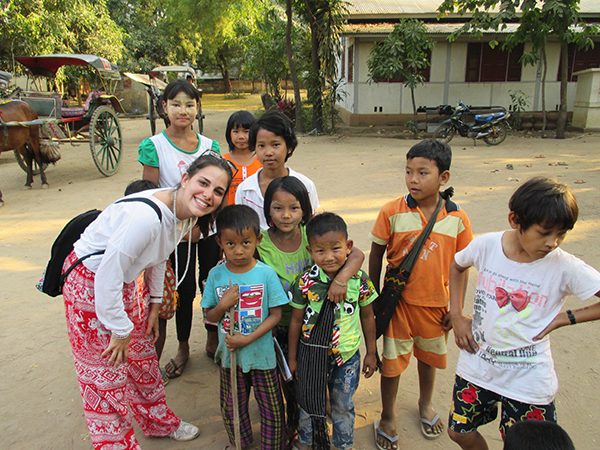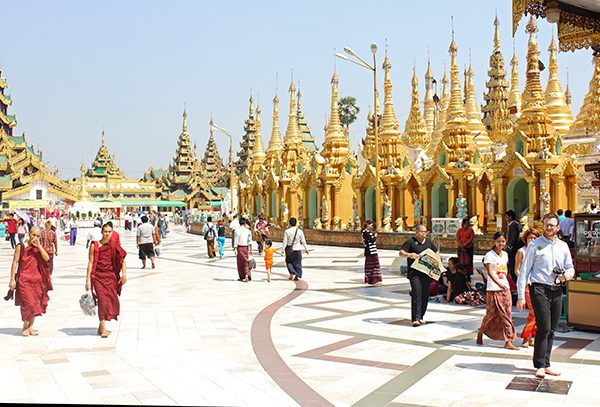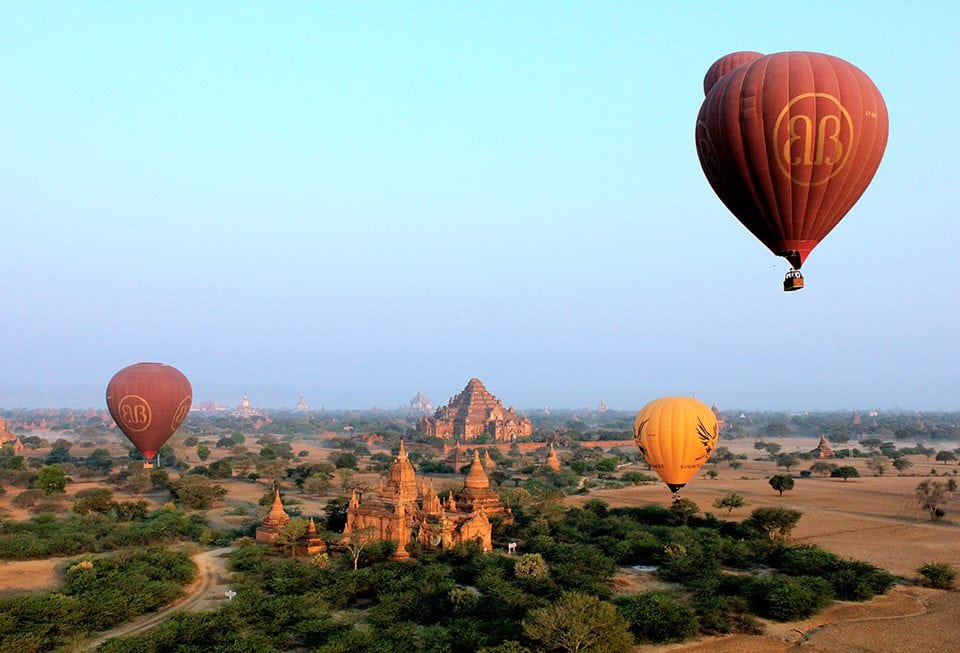 I have to admit, out of all the places on the Spring 2015 voyage itinerary, Burma (Myanmar) was on the very top of my list. I was beyond excited, even though I already had high expectations for what we would be doing, Burma somehow still managed to exceed every single one. The second most secluded country in the world only after North Korea, Burma has an innate culture that is unlike any other. In a world where everything is interconnected, Burma has involuntarily managed, through a 50 yearlong dictatorship, to shy away from globalization as much as a country possibly can.
I have to admit, out of all the places on the Spring 2015 voyage itinerary, Burma (Myanmar) was on the very top of my list. I was beyond excited, even though I already had high expectations for what we would be doing, Burma somehow still managed to exceed every single one. The second most secluded country in the world only after North Korea, Burma has an innate culture that is unlike any other. In a world where everything is interconnected, Burma has involuntarily managed, through a 50 yearlong dictatorship, to shy away from globalization as much as a country possibly can.

I was fascinated by the country and intrigued by the cosmetic cream known as thanaka, which is derived from ground tree bark, that people wear on their faces to keep cool and protect from sunburn. Also interesting, was that both men and women wear longyis (similar to long skirts) as their everyday wardrobe. Even in Yangon, the country’s largest city, I didn’t see a single person wearing a suit or business attire, but rather people were dressed as comfortably and practically as they could, as their jobs usually required a significant amount of physical labor.
It was interesting to see a place where people genuinely seemed to not obsess about money. They care about having enough to feed their kids and to get them to school. They do not live in excess like we often do, most people live happily in rural areas. It is undoubtedly the most inexpensive place I’ve been to in my life. Here, I ate huge plates of food with drinks for just around $3.50 a plate, and only paid as much as $8 total for an expensive meal.
Burma used to be one of the wealthiest countries in South Asia, as it is full of natural resources. And yet, instead of using these for exports like the rest of the world does, they use them for the veneration of Buddha, being one of the most Buddhist counties in the world. Entire pagodas full of gold leafs and diamonds, make these religious monuments the most beautiful I have seen in my entire life. The fact that they would rather use their resources for a religious statue, instead of for personal gain, shows not only the impact the authoritarian government has had in the country, but how much they value their religion, which I think is extremely admirable. It blows my mind that a country would believe in something so much, that they would put all of their savings into purchasing gold leafs for a temple as a sign of admiration, especially after witnessing the extremes of poverty these people live in. This exemplifies a culture that is willing to give all they have to their religion, which is why even though they are one of the poorest countries in the world, it is still extremely safe, with very low rates of petty theft and homicide.

I know it may sound cliché to say that Semester at Sea has changed my life, but honestly, I don’t think I’ll ever see the world— and most importantly, my home country – in the same way I did two months ago. As I struggle to find the right adjectives to correctly describe what I have experienced during this voyage, I realize there really is no accurate way to transmit the exact feeling of breathing in the world. This journey is much more than just learning about the countries we visit. During the Spring 2015 voyage, I have also learned about my own home, about the commonalities of people worldwide, and realized the importance of living as a true global citizen. And that, to me, is priceless.



